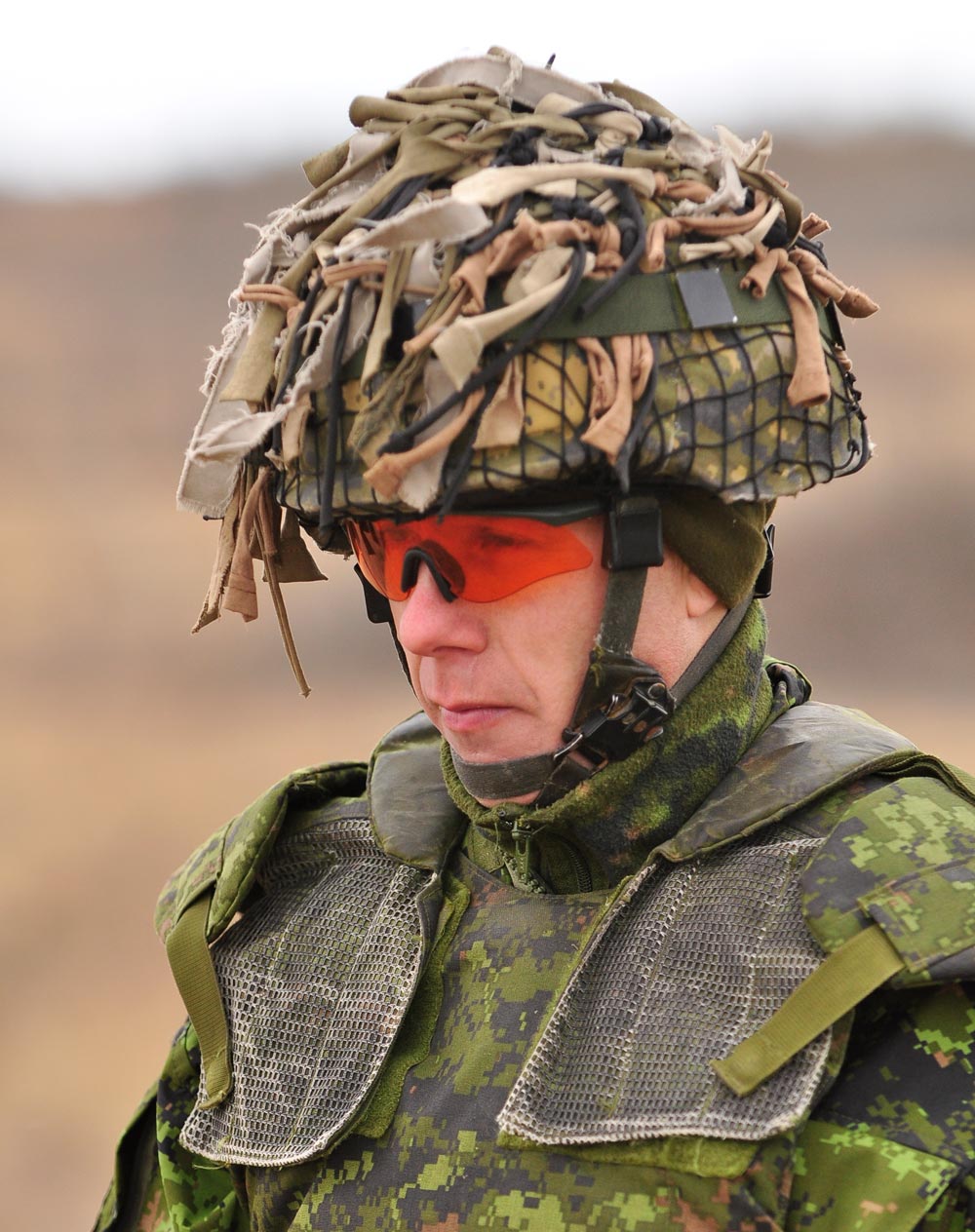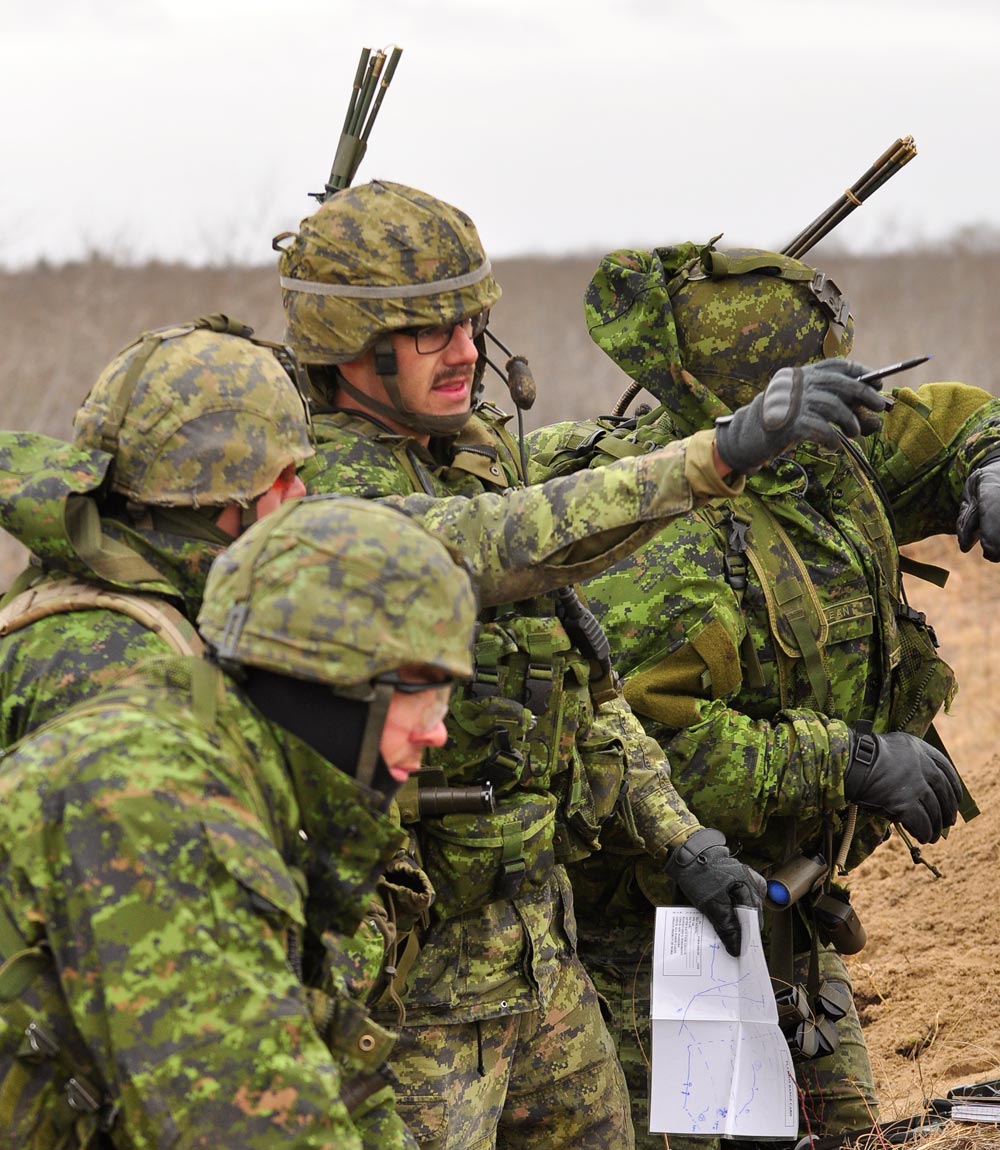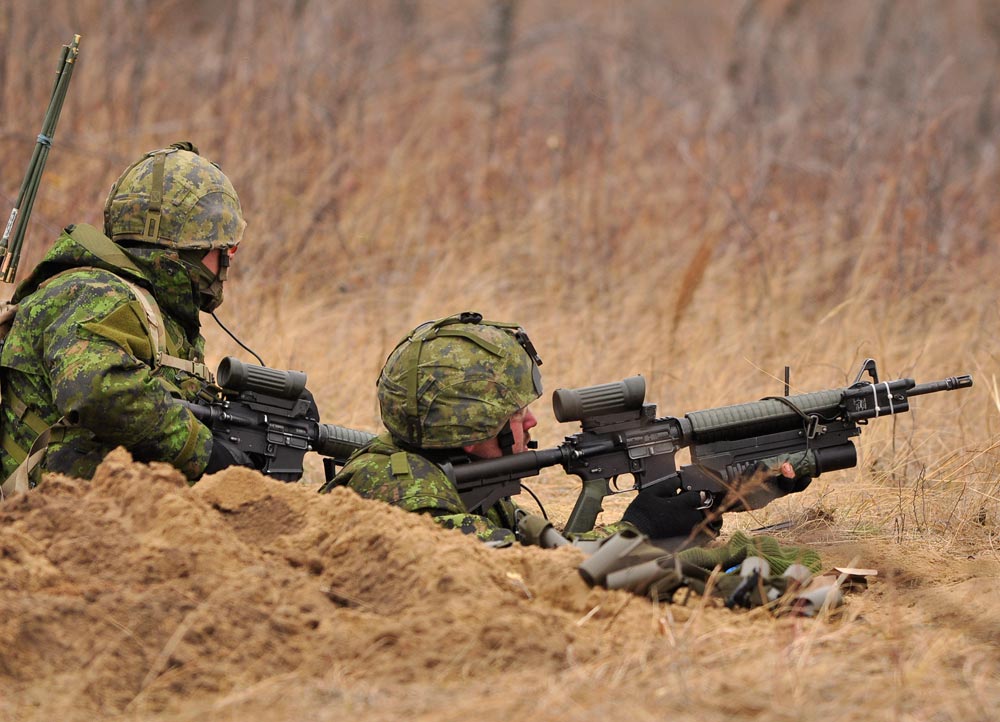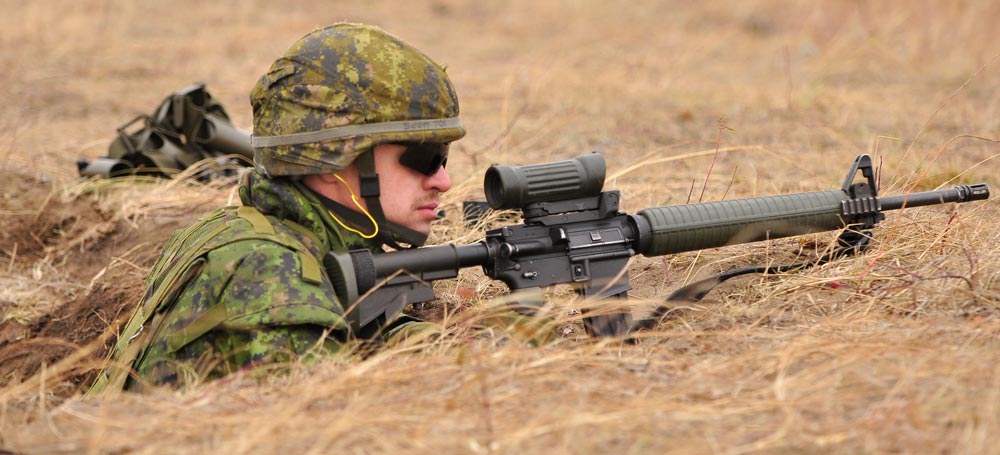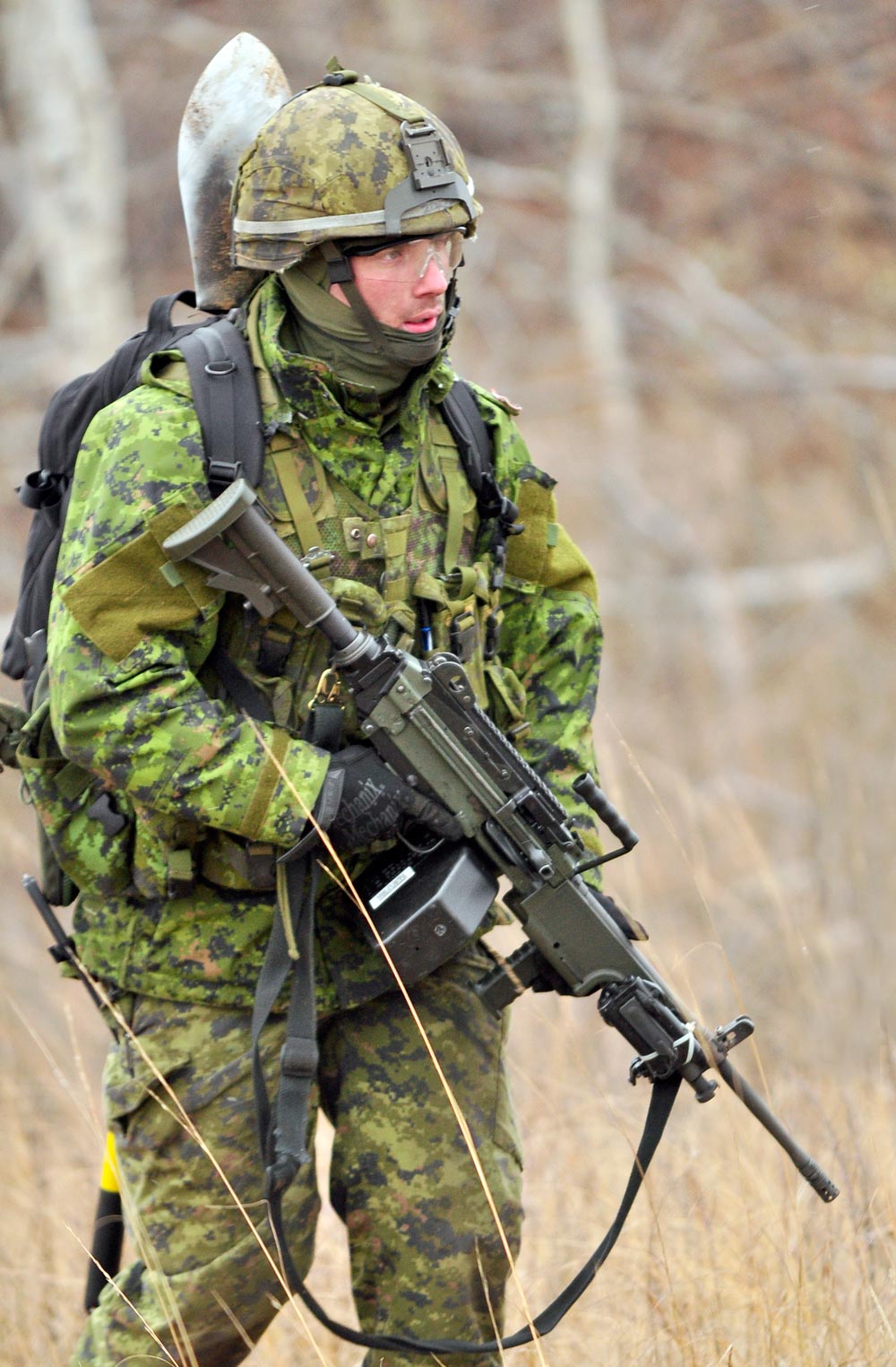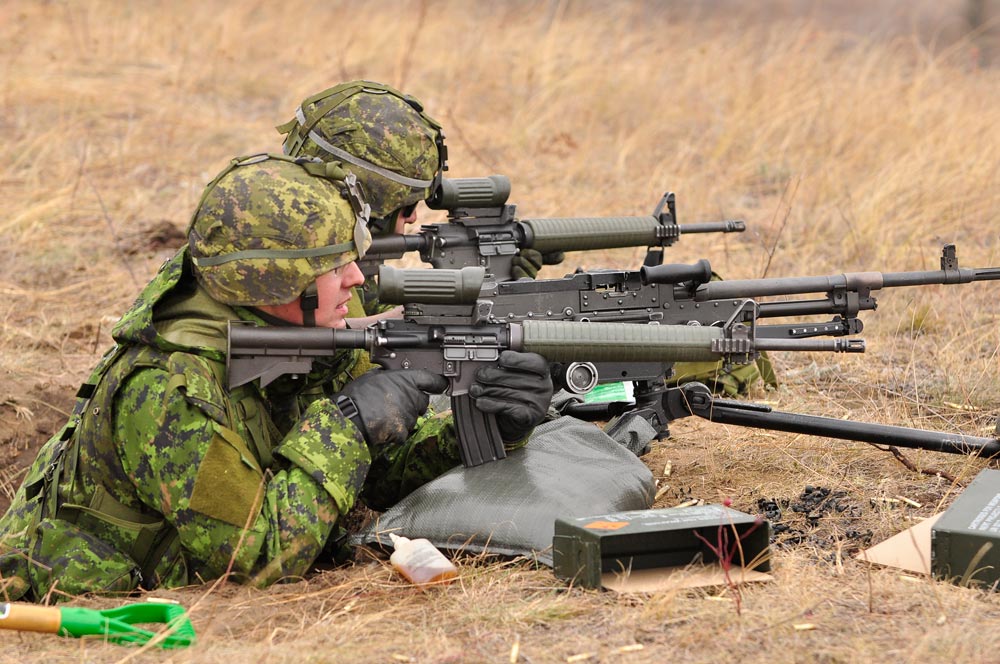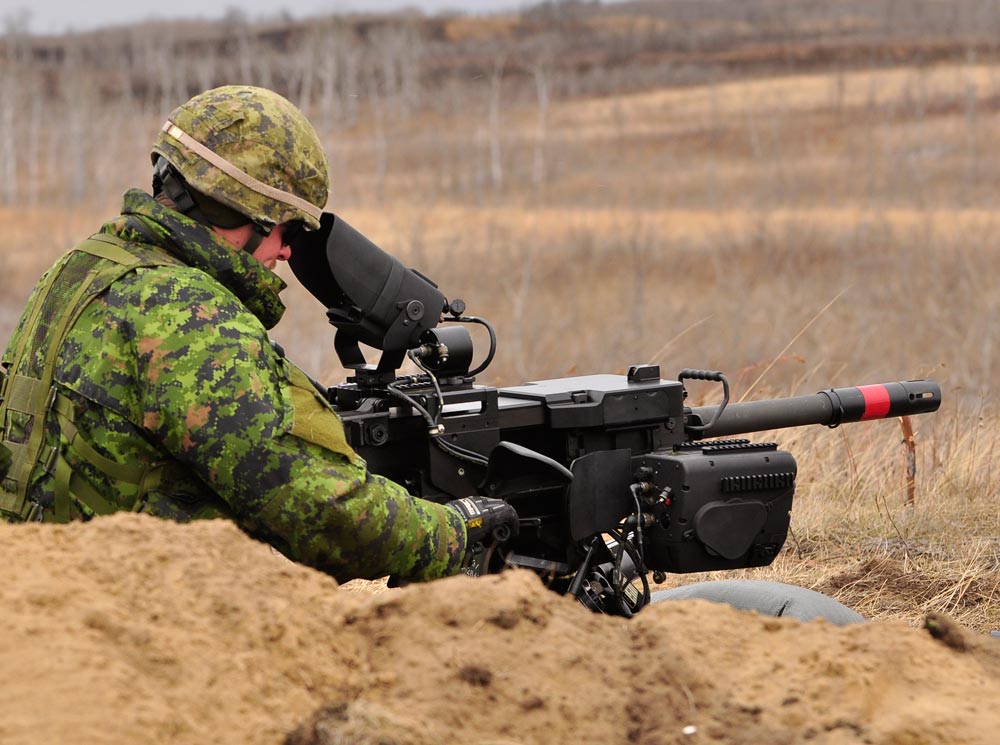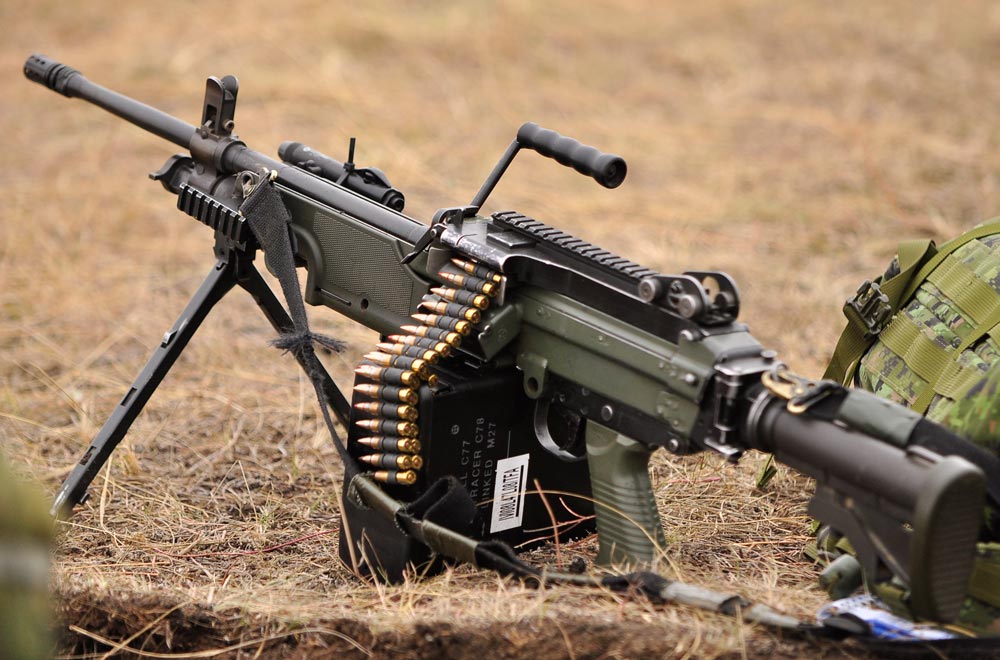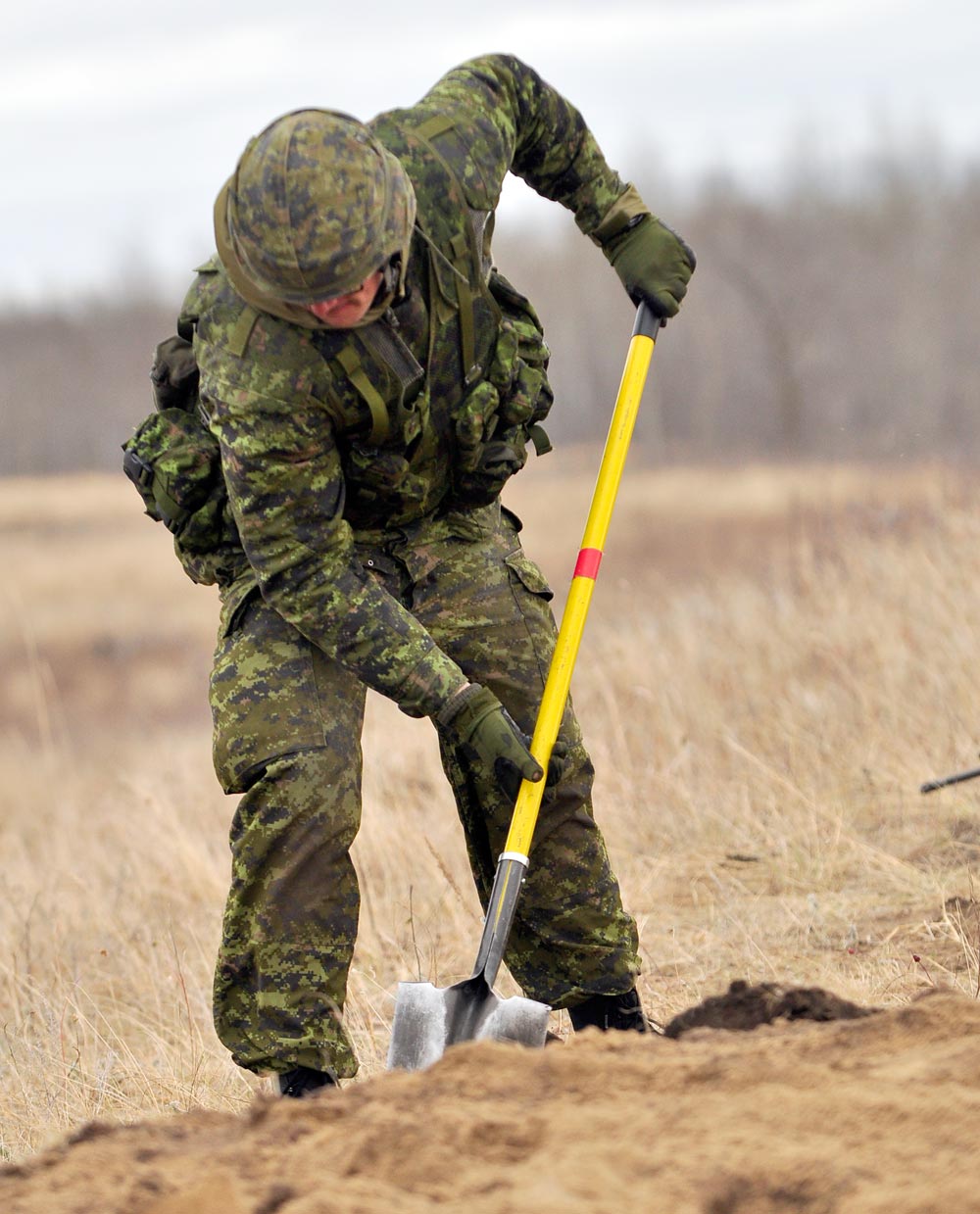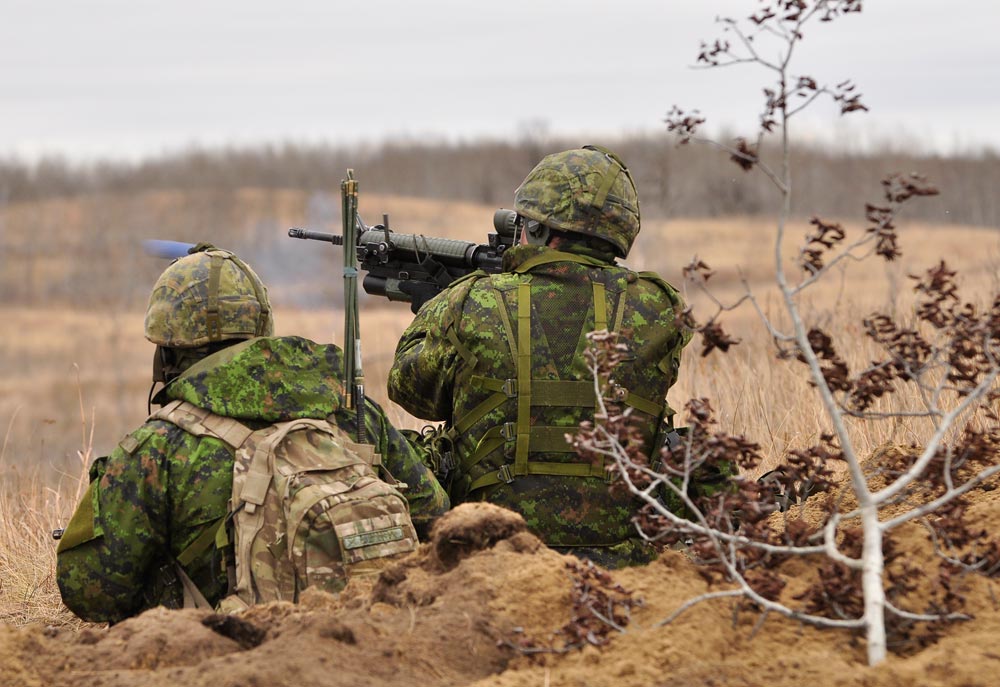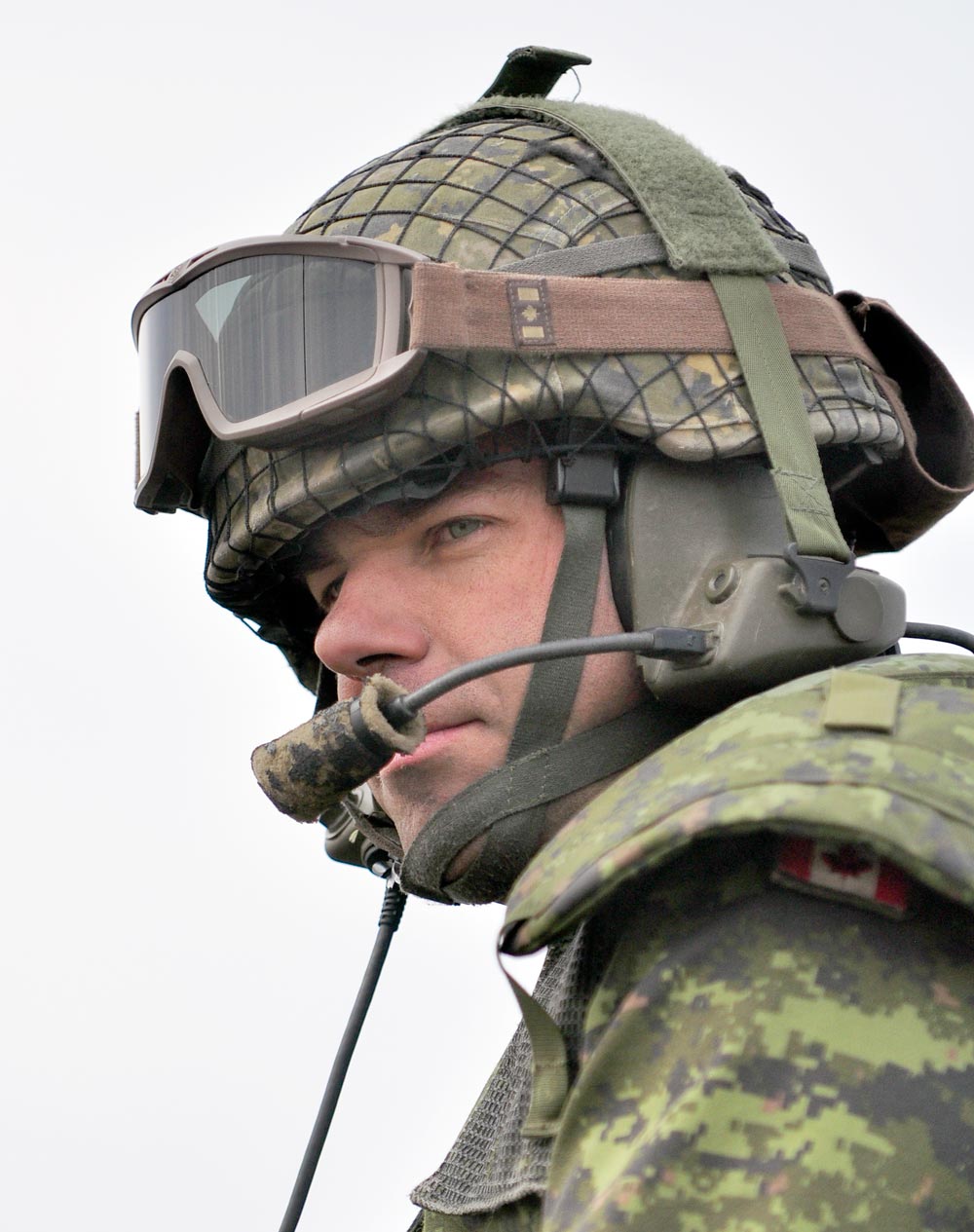
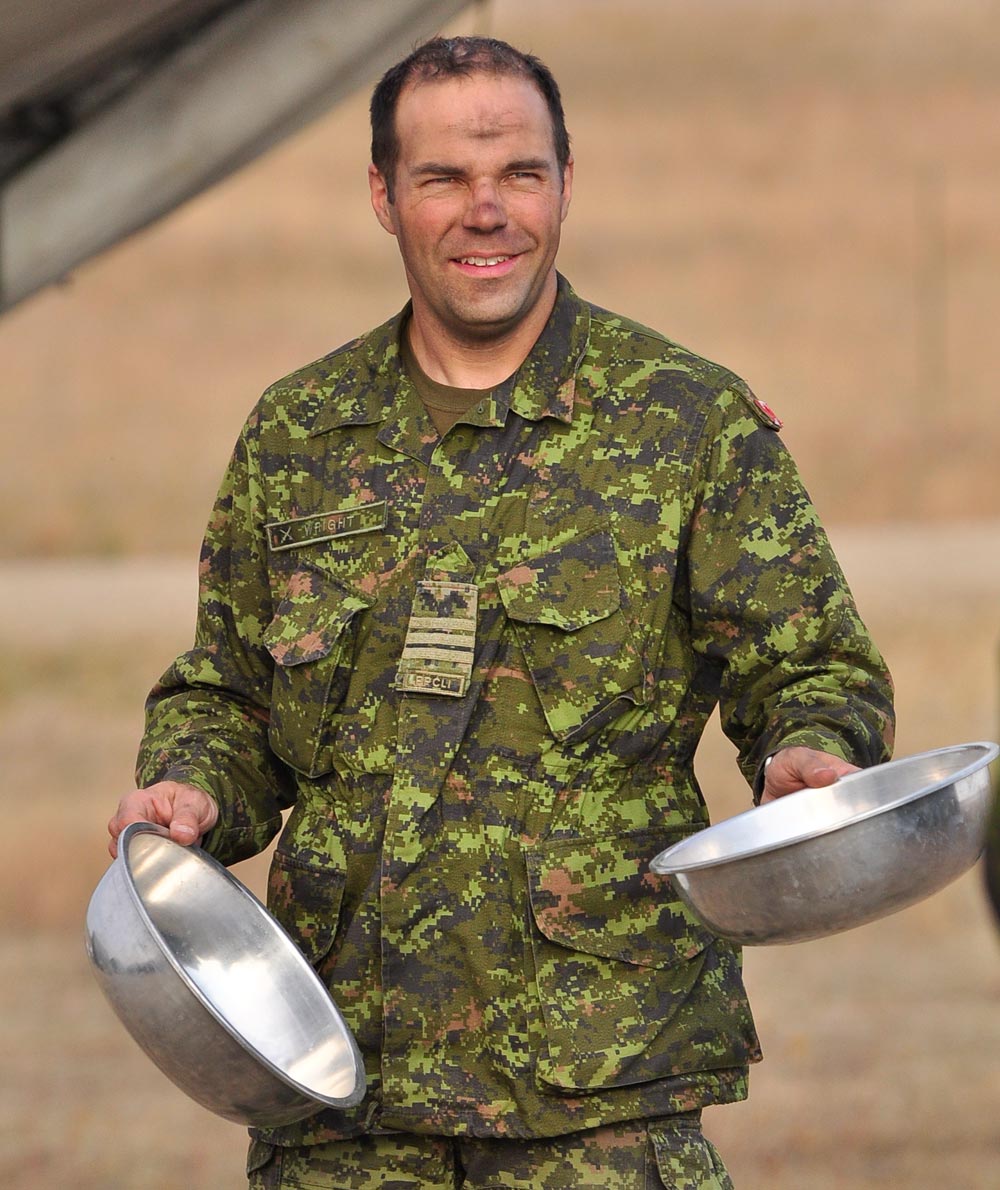
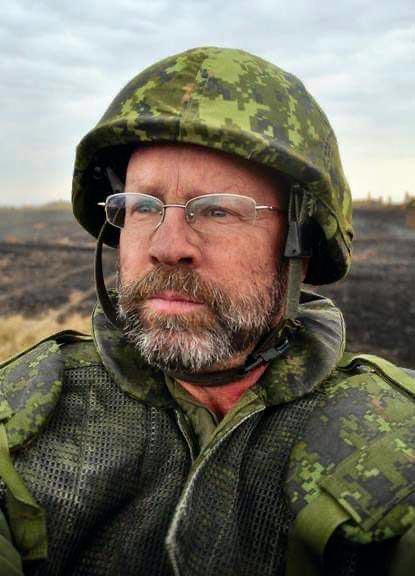
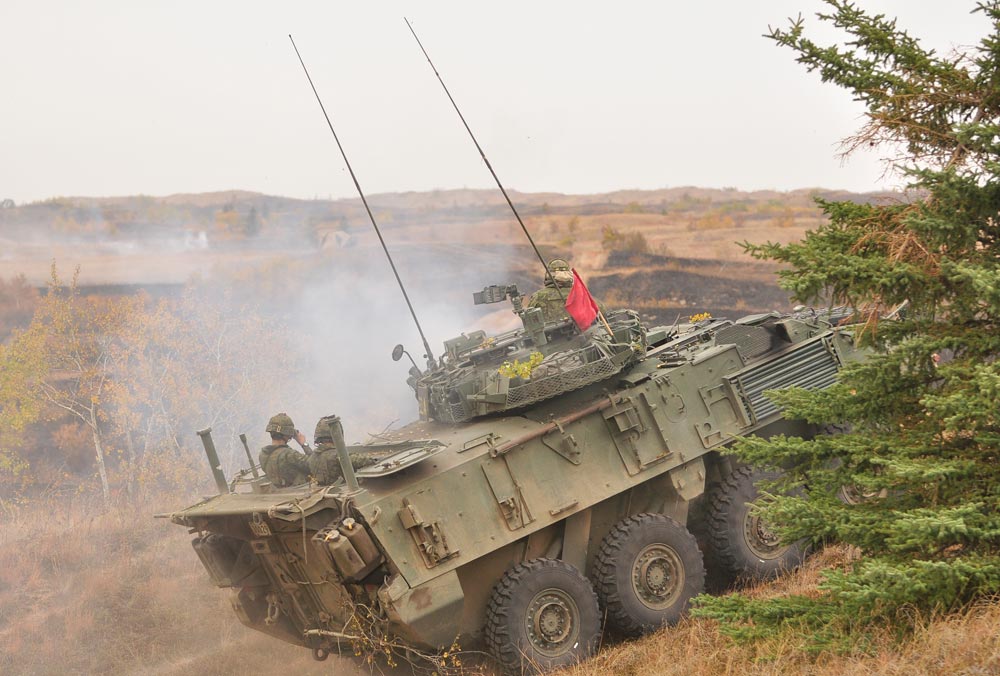
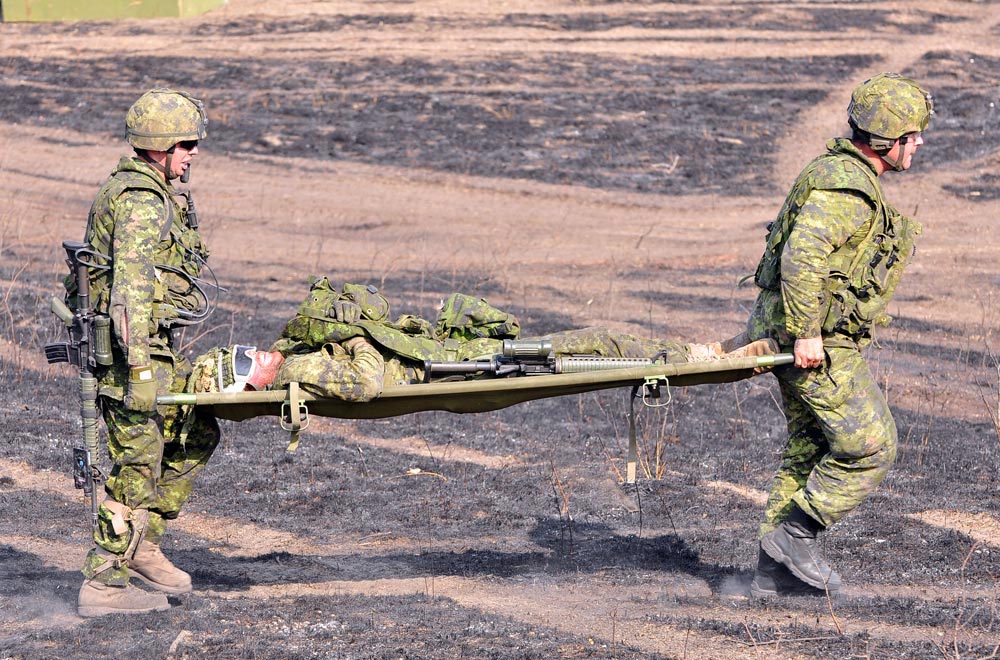
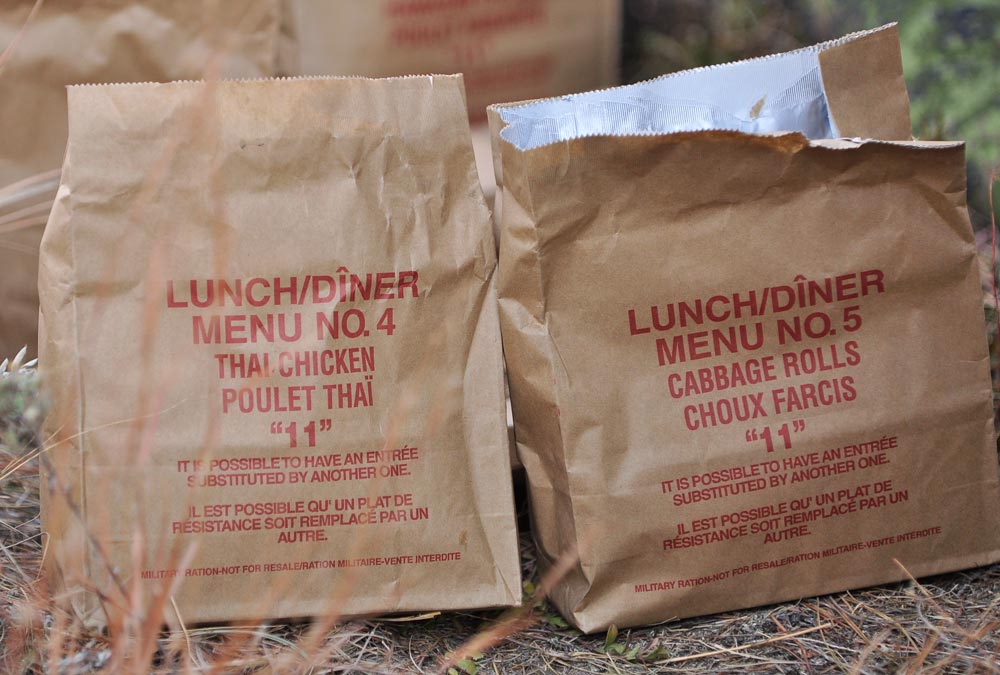
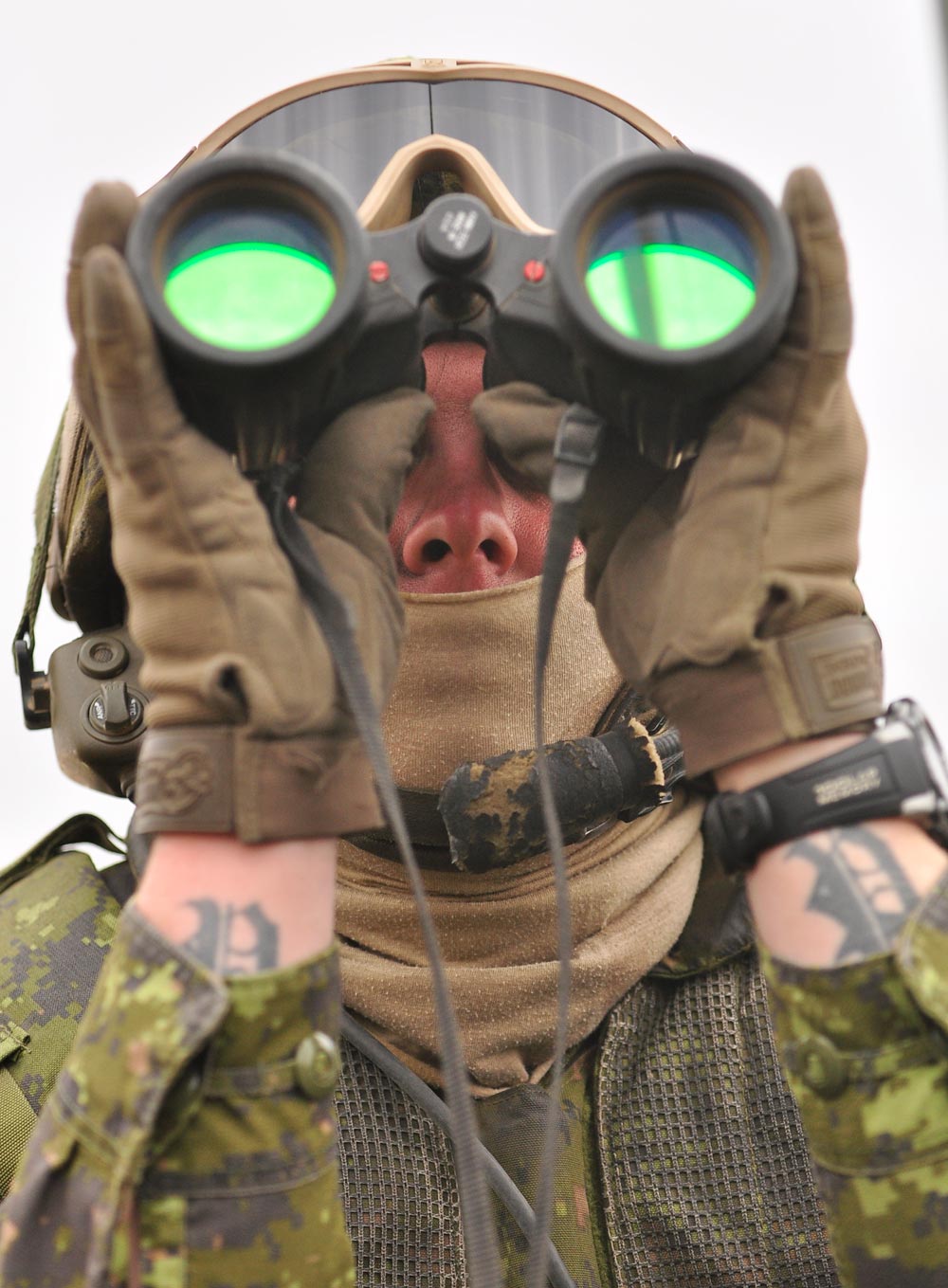
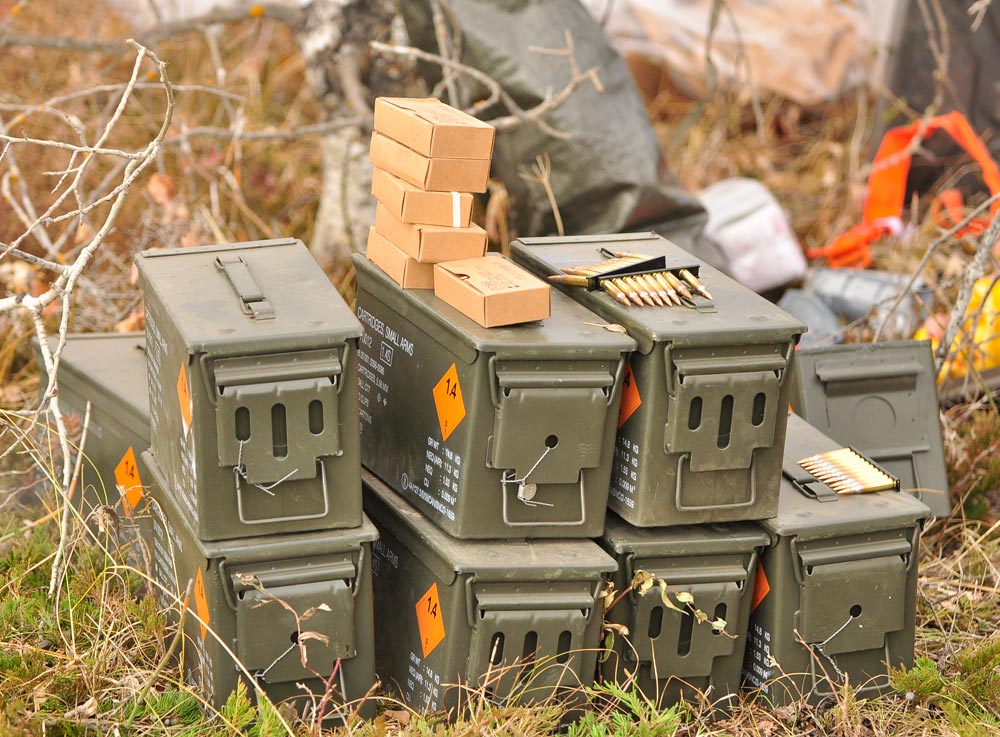
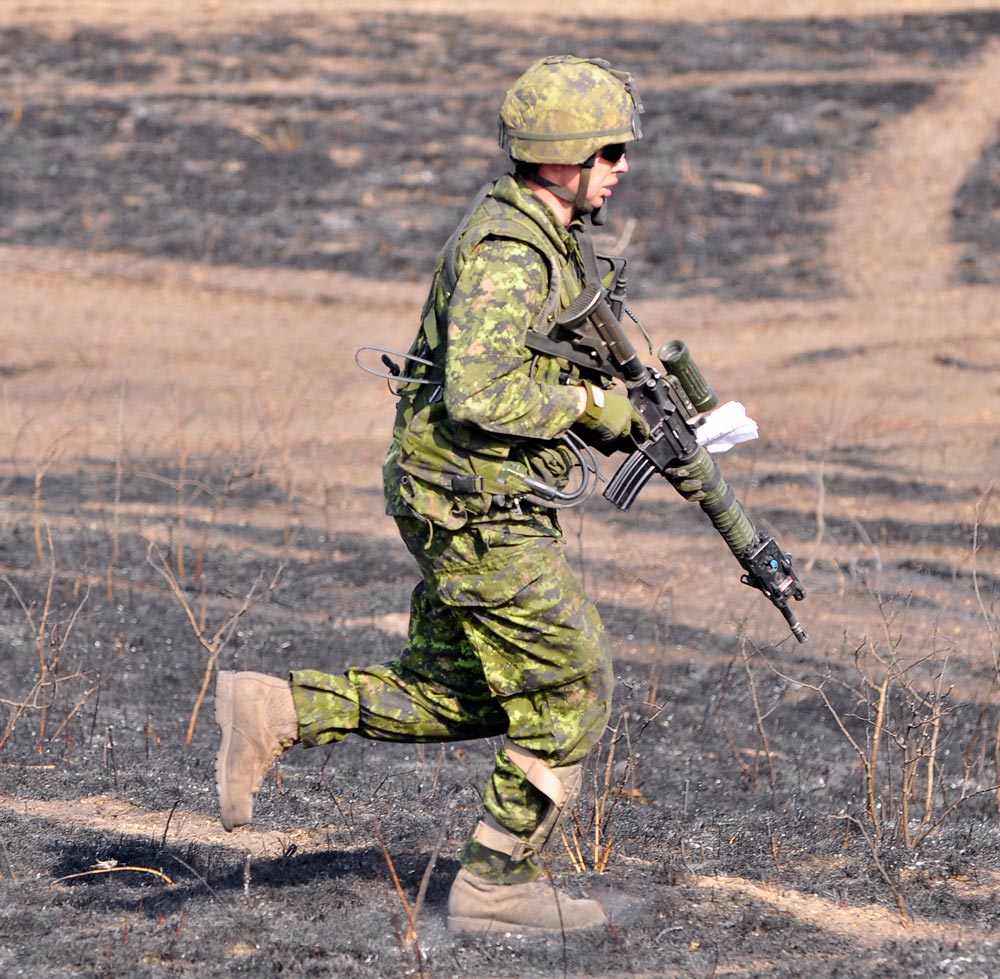
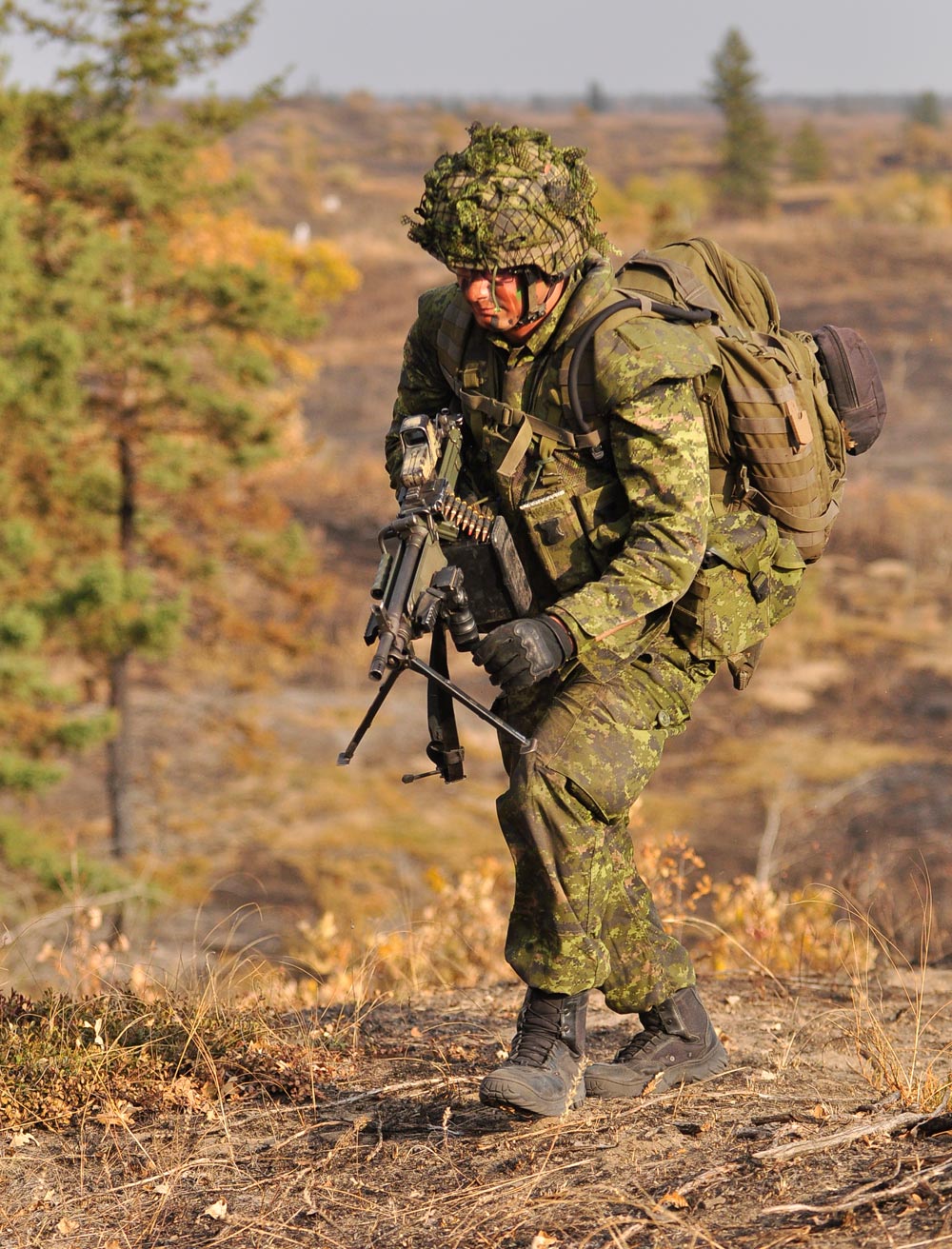
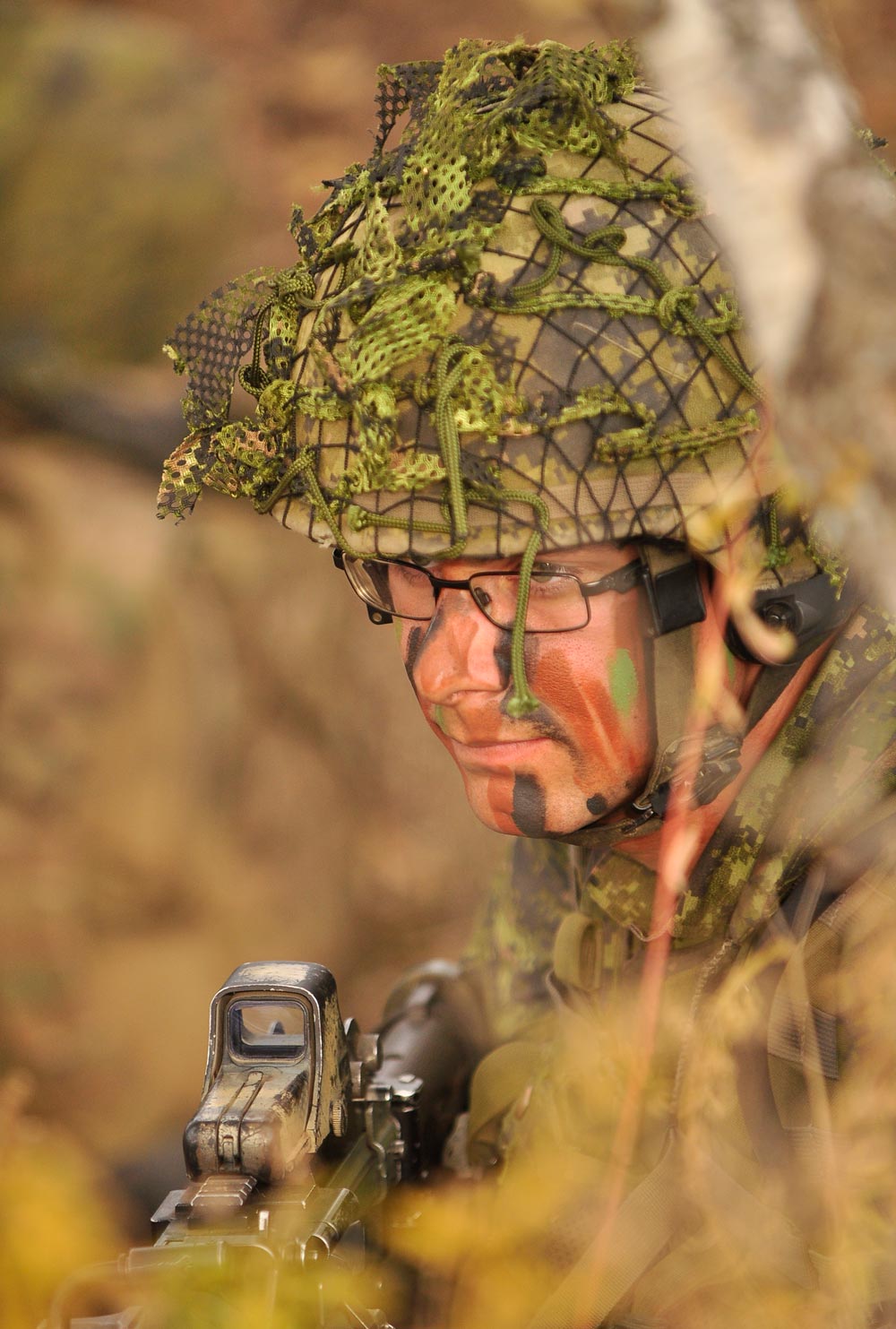
Jules Xavier
Shilo Stag
It was a two-shower experience I recall after spending more than eight hours on my inaugural 2PPCLI exercise after taking on the Stag editor’s job in 2012.
That’s how many showers this multi-media journalist required to clean the dirt from any exposed skin after riding in the back of an open LAV during Ex KAPYONG FURY.
The fine dirt churned up by the LAVs working alongside ground troops facing an “enemy” down field found its way into the ears, nostrils and any exposed skin. It was a fine dirt, not dust, but noticeable especially if you had been wearing goggles to protect the eyes.
Think tan lines created by a film of fine dirt, not sunshine, after removing the eye protection.
I can only imagine how many showers the infantry and LAV drivers required, including former CO LCol Michael Wright, after spending three weeks honing their military skills in the RTA as part of Ex KAPYONG FURY.
I might have been laughing at the guys following the conclusion of a scenario attack, seeing their dirt-covered faces, except for the skin protected by goggles or other facial protection. But it was pointed out I needed to see myself in a mirror before mocking them.
A selfie taken with my Nikon D90 showed I was just as dirty, if not more, because the LAVs churned up a lot more dirt as it navigated the hilly terrain which had been previously scorched during a prescribed burn.
This was my first exposure to 2PPCLI on a military exercise, seeing infantry out on CFB Shilo’s vast prairie training grounds. Plus observing the LAV gunners and drivers as they jockeyed for position on the rolling hills. Tracers showed me where the guns were aiming, sporadic fire hitting the ground in front of the “enemy” targets, but then finding the range not unlike a quarterback hitting his streaking wide receiver on a post-pattern.
It was interesting for this RCAF brat, who was used to seeing the now defunct Voodoo and other CF fighter jets in the late 60s and early 70s working the skies growing up on Air Force Bases, except for that one posting to an Army Base at CFB Kingston.
This was ground warfare training, not pilots taking flight miles above the ground to hone their own fighting skills, and I took everything in. And asked plenty of questions thanks to my natural curiosity to gain an insight into how Canada’s infantry works considering some of the soldiers before me had been in real firefights while deployed to Afghanistan, and Bosnia.
Practice makes perfect and, despite Canada’s involvement in Afghanistan winding down then — soldiers deployed there at the time were on the ground as instructors helping with that country’s military — 2PPCLI still must hone their soldiering skills and tactics in the field to be ready for the next call from the Government of Canada. Russia invading Ukraine was not on the war radar in 2012.
It can be a dirty job, but that’s what the infantry wearing a PPCLI shoulder flash on the shoulder of their uniforms signed up for when they joined the CAF.
It was a different experience for Ex KAPYONG WARRIOR 12 months later, this time under the watchful eyes of a new CO, with then LCol Bob Ritchie observing his troops on the battlefield. This time it was infantry dug in awaiting the “enemy” to the east to show themselves. This was not the War of 1812, when generals would meet face-to-face at a specific time on the battlefield.
2PPCLI soldiers again would have support from LAVs, but unlike Ex KAPYONG FURY where the infantry was on the offensive, this time being dug in meant soldiers were holding the high ground so they had a good view of the battlefield.
Using shovels to dig their deep circular trenches, and disguising them with tree branches and brush found in the vicinity of their stronghold, each soldier hunkered down until the “enemy” arrived. There was an urgency behind the scenes as Lt Kettles went over a map of the terrain with others, talking strategies and scenarios once the battle began.
The “enemy” in question was not actual soldiers, but pop-up targets painted on boards. Some were camouflaged men, or tanks. The battle began with exercise observers behind the lines triggering mortar fire coming in on the 2PPCLI positions.
Once engaged, soldiers used C7s and C9s to take out the advancing “enemy.” They were supported by LAV heavy fire from the flanks, with precision firepower taking out targets a football field distance away.
2PPCLI also had the new grenade launcher available to inflict further damage, with then LCol Ritchie even having an opportunity to fire inexpensive blue chalk shells to replace actual deadly rounds — while the bullets and mortar fire was live ammunition, the grenade launcher used training ammo — at the targets. New to this firearm, the 2PPCLI CO was not as proficient as the soldier who regularly train on it. He fell short or was wide, but when a target was hit, you knew it as a blue puff exploded downfield.
As an media observer, watching soldiers at work while in mock battle, you gain an appreciation of what Canada’s ground soldiers must go through to prepare them for a life-and-death situation as was the past 12 years in Afghanistan. Or Korea. And before that, the Second and First World Wars.
Ground warfare has evolved since the Great War 1914-1918, with better weaponry able to inflict precision destruction from a distance, but it still takes the infantry on foot to take objectives. It might not be the trench warfare soldiers trained for at Camp Hughes before leaving for the Great War in Belgium and France, but some of the tactics remain the same. Attack, defend, and the counter-attack.
But to ensure success and follow the adage “practice makes perfect” 2PPCLI soldiers need their field training, and exercises like KAPYONG FURY and KAPYONG WARRIOR provide these opportunities. Their lives, and that of their company will depend on it.
It was a contrast in exercises when the new Stag editor experienced KAPYONG FURY with 2PPCLI CO LCol Michael Wright and KAPYONG WARRIOR with 2PPCLI CO LCol Bob Ritchie. Infantry training changed based on the seasons, from summer with LCol Wright, and fall with LCol Ritchie. Meals on the go as training ran night and day, plus clean-up afterwards thanks to the dirty conditions in the RTA from churned up dust from the LAVs being used. On both exercises, different weapons were used, firing on pop-up targets acting as the ‘enemy.’ Photos Jules Xavier/Shilo Stag
